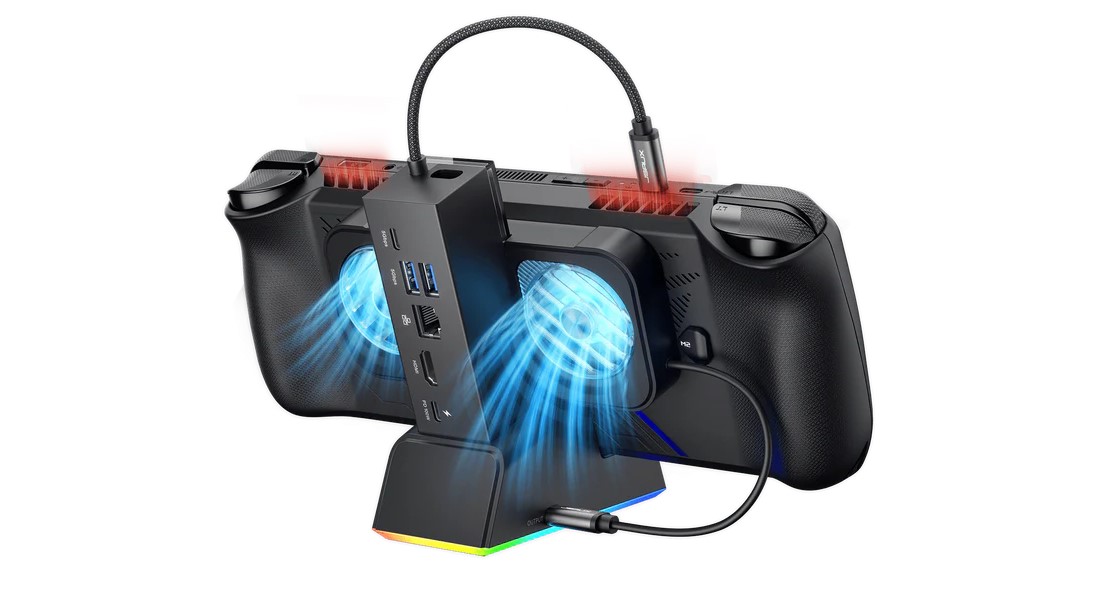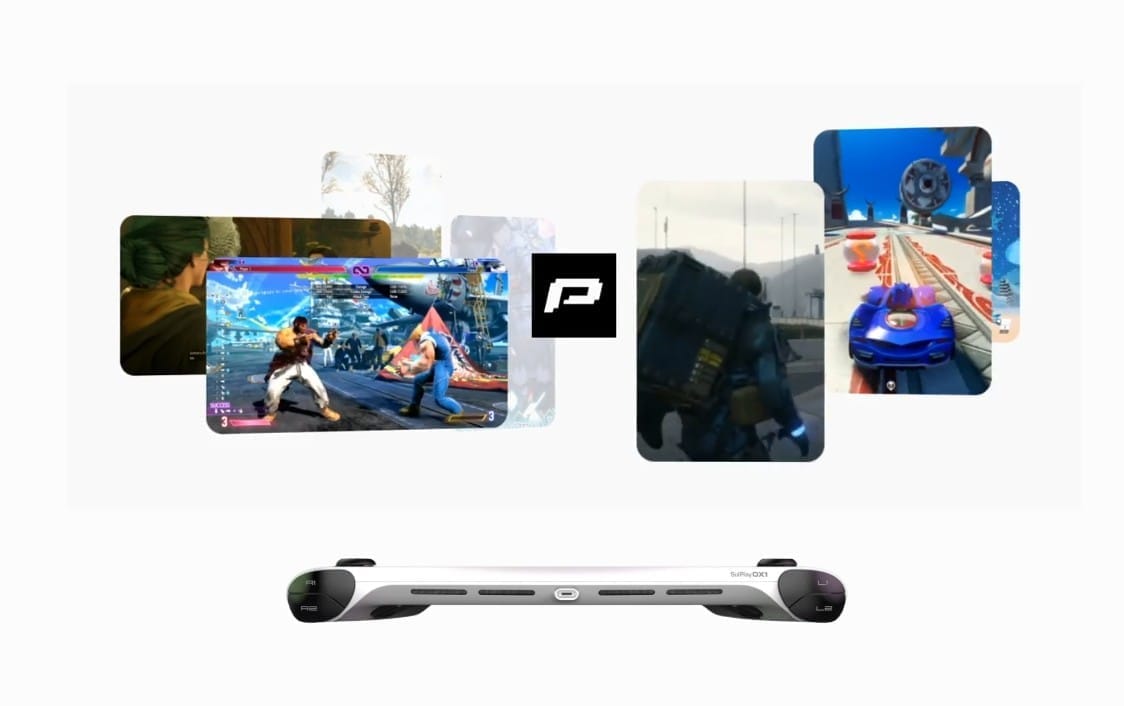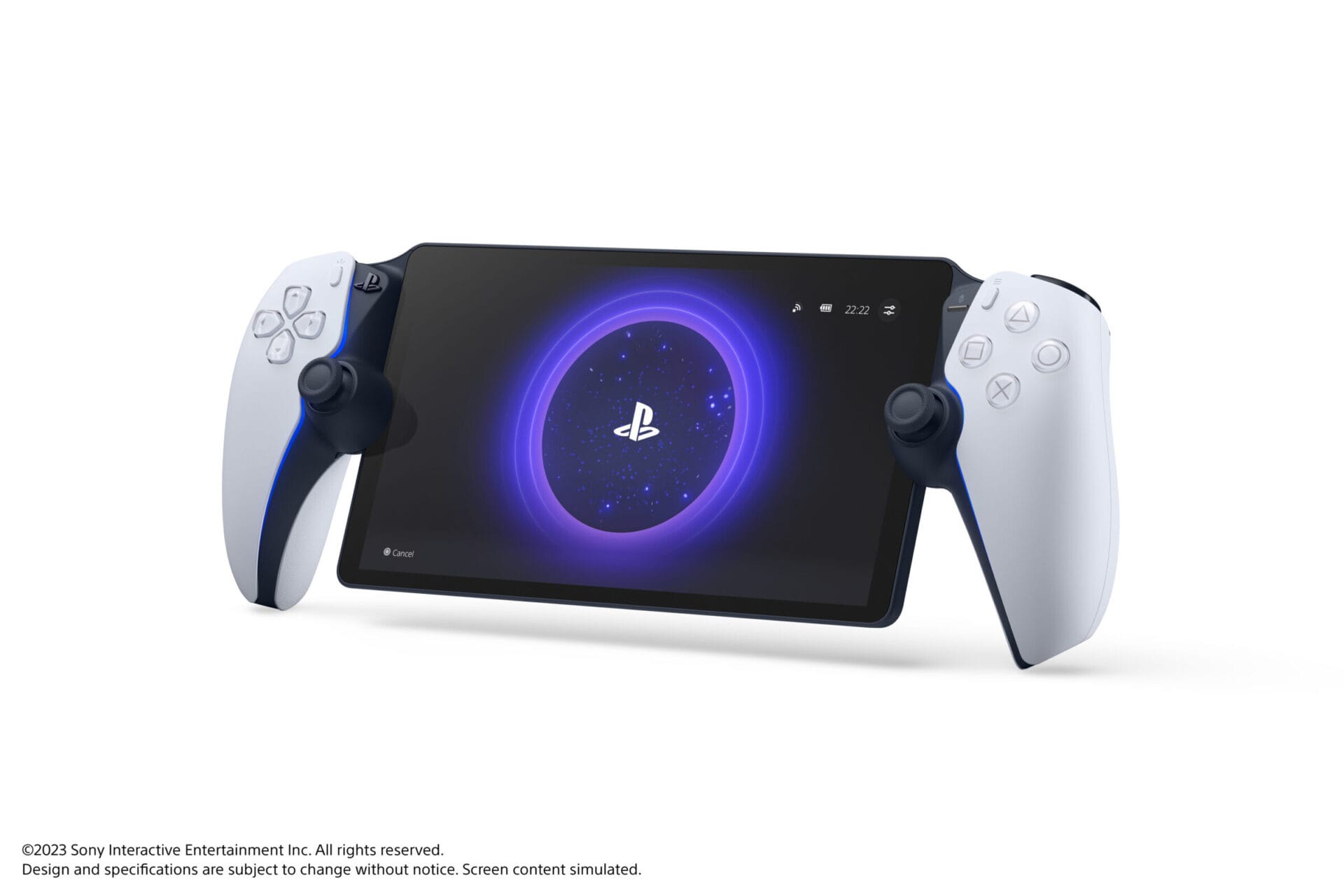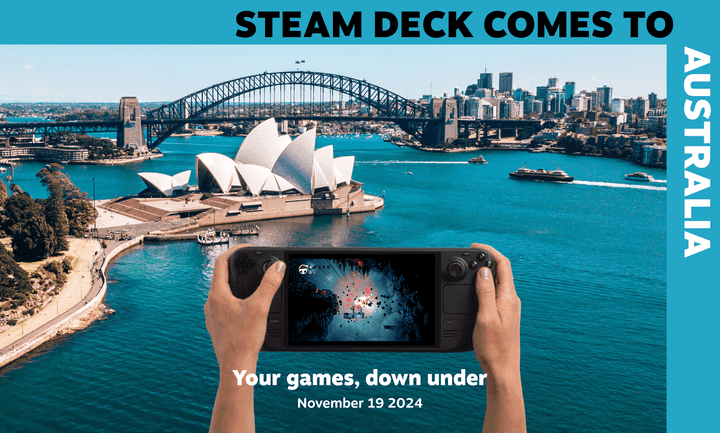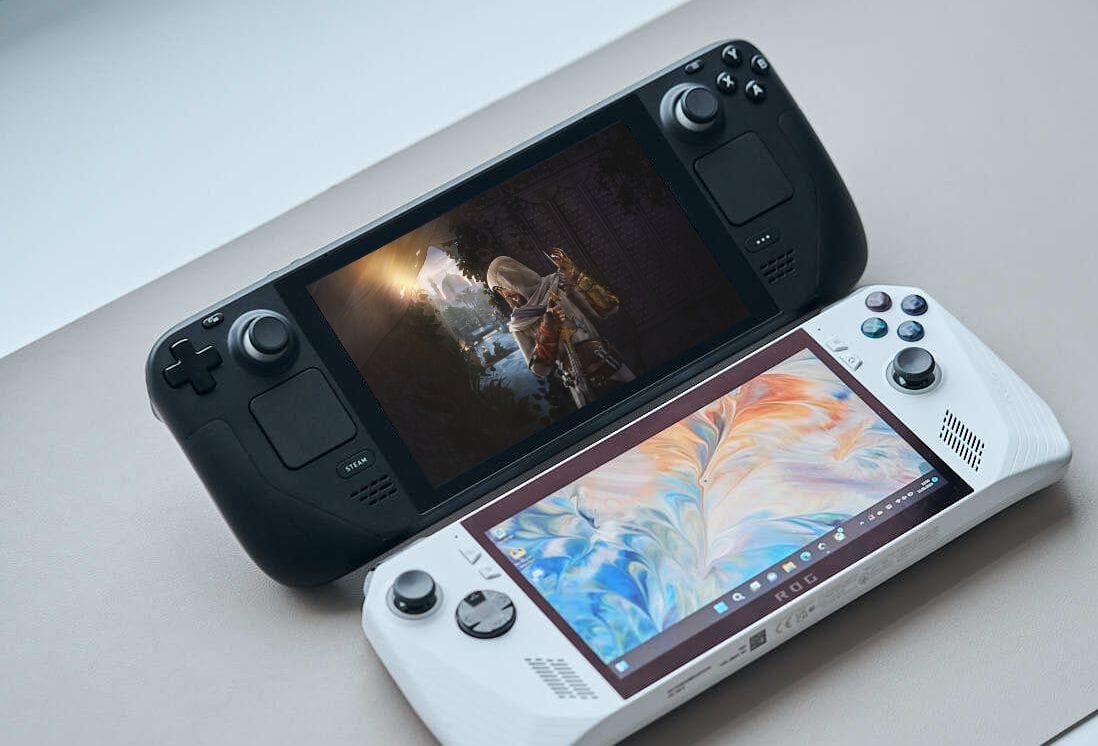Rumors about Valve possibly launching new hardware have been floating around for the past month or so, partly due to some leaks from databases. To summarize, information about the rumored Steam Controller 2 came out in late November. In addition, new details about Valve’s much-speculated ‘Deckard’ VR headset also surfaced, quickly followed by a leak regarding a gaming device codenamed ‘Fremont’.
AMD Confirms Steam Deck Update?
Today, VideoCardz published an article that claimed AMD had ‘confirmed Valve Steam Deck update’ as part of the Ryzen Z2 series announcement. This lead to various news outlets resharing the information, even though there was no clear reference to a new Steam Deck in the leaked documents shared by VideoCardz. Instead, the Steam Deck was mentioned alongside other devices like the Legion Go and ROG Ally, which use older Ryzen Z1 and Ryzen Z1 Extreme APUs.
Valve’s Clarification
However, Pierre-Loup Griffais, a key figure in the Steam Deck’s design, has stepped in to clarify Valve’s stance. He directly stated that ‘there is and will be no Z2 Steam Deck’, putting an end to the speculation right there.
As for Valve’s official position, they have only mentioned plans for a next-generation Steam Deck to be released in ‘a few years’. Since the Steam Deck performs similarly to the Radeon 890M in benchmarks, it seems unlikely that the Ryzen Z2 series would be used for a device that Valve wants to deliver with ‘a significant bump in horsepower’.
Upcoming Devices
Meanwhile, there is solid evidence indicating that a SteamOS-powered Legion Go gaming handheld is nearing its launch. Lenovo has strongly suggested that this device will be revealed later this week at CES 2025. However, it won’t be a direct successor to the original Legion Go gaming handheld that Lenovo launched last year (currently priced at $619.99 on Amazon). Instead, it may come as a more affordable option with fixed controllers and a lower price point, aimed at meeting lesser performance targets.
Source: Link



